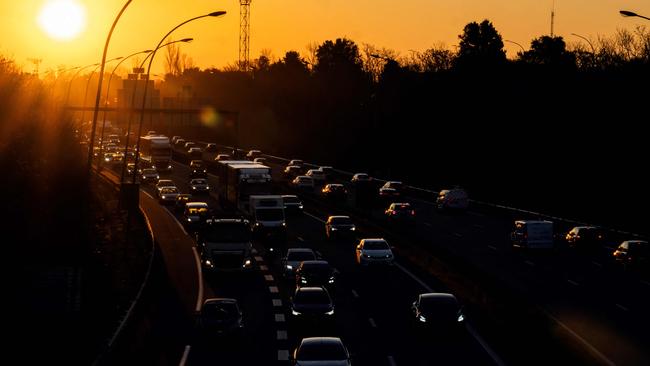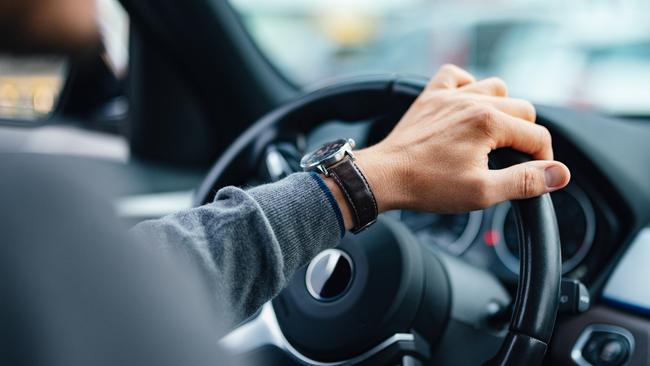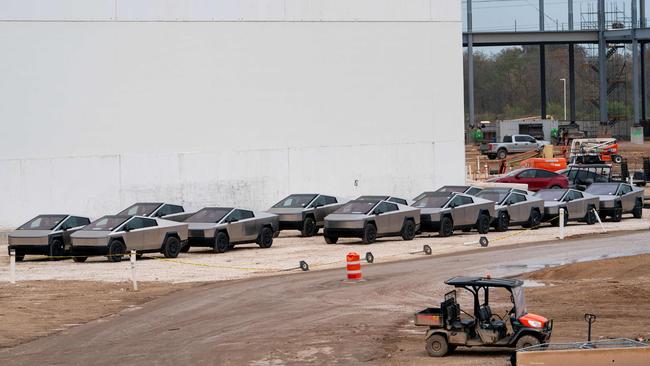The coming decade is the decade of the car
Forget the inner-city, car-free lifestyle. The nation’s love affair with motor vehicles will only deepen as families shift to the urban fringes for more space.

The coming decade will see the millennial generation move from the inner city to the urban fringes to find family-sized housing. And in the process they are re-imagining the way suburbia looks, feels, and functions – as well as how to get around.
One thing that millennials won’t change is our national obsession with cars. Despite all the talk about millennials having gotten driving licences at a much lower rate than boomers and Gen Xers, demographics dictate that Australia will see the most car-heavy decade in history.
There are three main drivers for this.
First, Millennials continue to make babies at scale for another 12 years. Once their first child arrives, they move from their inner-city apartments to the urban fringe since this is where family-sized homes are available. Urban planners and state premiers encourage in-fill development as much as they can.
The planning documents of all capital cities want to see around 70-80 per cent of population growth to occur as infill development. This is best urban planning practice, and such policies must be applauded, but it won’t happen.

Our cities grow at a fast rate – Melbourne for example is adding around 100,000 people each year. The fastest and cheapest way of building housing (in the short-term) is to bulldoze land on the urban fringe and put cheap boxes on top – greenfield development. Developing a square metre of housing on our urban fringe is around three times cheaper than in a medium density dwelling in the middle suburbs or in a skyscraper in the inner city.
In the case of Melbourne, there aren’t even physical boundaries to stop urban sprawl. While Sydney’s sprawl is halted by the Blue Mountains, Melbourne could expand all the way to Adelaide if it wanted. In the coming decade, for better or worse, we are expanding our cities even further.
More people will live further from the CBD. Population continues to grow faster than we add public infrastructure. Our cities aren’t building nearly enough public transport infrastructure to allow the growing population on the urban fringe to live car-free lives.
They will depend on their cars for shopping, school drop offs, leisure, and commuting. Our settlement patterns ensure that we rely more on our cars than before – forget all the old talk about millennials preferring public transport or cycling – once you live on the urban fringe you will drive.

Second, simple population growth will push car sales to record heights in the coming decade. We can expect around 3.6 million people to be added to Australia in the coming decade. While migrants initially move to the inner suburbs where a car-free lifestyle is plausible, after a few years in Australia their housing choices are very similar to the rest of the country. This means the new Australians move to car-dependent areas pretty quickly.
Third, it’s not just population growth and a lack of in-fill development that will push car sales up, the shifting population profile of Australia works in favour of the car industry in the coming decade. Our propensity to own a car changes throughout the life cycle.
Most kids (over 70 per cent) grow up in a household with more than one car. Aged 18 most Aussies still live with their parents but already drive a car – no surprise to see 82 per cent of 18-year-olds living in a household with multiple cars. From 20 onwards, more people leave the parental home and the share of households with multiple cars goes down.
Our young Aussies are not moving into car-free households though. As young couples in the first apartment and as folks in rowdy share houses, most Aussies (64 per cent) still have access to multiple cars, but the number of single car households goes up to 31 per cent – only once retirement age is reached at 65 do we see such a high rate of single car households again. Few households forego car ownership altogether. Only once Australians turn 81, do more live in a car-free household.
As of the 2021 ABS Census, the big millennial generation was aged in their 20s and 30s. That’s of course the phase where around 30 per cent of households get away with just one car. In the coming decade we are pushing the whole millennial generation into the multiple cars per household phase of the life cycle. Boomers are too young and healthy to give up driving yet and will at least have one car in the household.
This is great news for anyone in the car industry. Dealers and mechanics will be busier than ever. Now that we know the coming decade is heavily skewed towards the car, it is upon us drivers and our politicians to decide what direction to take.
Considering climate targets and trends in EV technology, we can assume that the future of our roads will be largely electric. This would necessitate incentives to make the most of the Millennial wave of family car purchases.
The average age of a passenger vehicle in Australia is 11.2 years. A driver purchasing a car with a combustion engine today, will likely only upgrade to an EV by 2035. Creating incentives for people to buy EVs now will allow the millennial generation to drive cleaner vehicles for longer. Considering national climate targets and zero emission goals of company fleets, such changes must be pushed through now.
Simon Kuestenmacher is a co-founder of The Demographics Group.




To join the conversation, please log in. Don't have an account? Register
Join the conversation, you are commenting as Logout